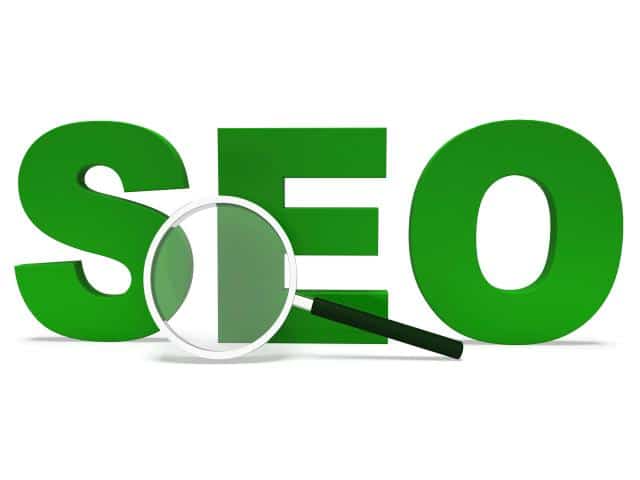SEO vs SEM: What’s the Difference?
If you are trying to grow your business, attract attention to your brand, or drive more traffic to your website, you should never overlook the importance of search optimization.
While incredibly effective, search optimization strategies can be challenging to implement if you don’t know the difference between SEO vs SEM.
At Revinnt, a one-stop-shop for your online business needs, we believe in taking a 360-degree approach to digital marketing. In this article, we are going to talk about the differences between SEO vs SEM and why it is worth investing your time in each of them.
SEO vs SEM: A Full Comparison
SEO and SEM may sound similar, but they are two drastically different approaches to search marketing. If you use the terms SEO and SEM interchangeably, you will have difficulties implementing a clear and effective marketing strategy to improve your visibility in search results.
To ensure your search marketing success, it is important to understand what exactly search marketing is, and where do SEO and SEM fall within it.
What is Search Marketing?
The broader term “search marketing” describes any strategy that helps a business get attention by appearing in SERPs or Search Engine Results Pages. Search marketing includes any efforts to increase search visibility and get higher rankings to drive more traffic to specific web pages or the entire website.
The two main categories within search marketing are:
- SEO, which uses ORGANIC (unpaid) tactics to appear in search results
- SEM, which uses PAID tactics to appear in search results
As such, the main difference between SEO vs SEM is that SEO is an organic strategy, while SEM is a paid strategy.
What is SEO?

Search Engine Optimization (SEO) is the practice of continually improving or optimizing your website to rank better in the organic, non-paid SERPs.
Google’s organic ranking algorithm is incredibly complex, using over 200 ranking signals, which aren’t always fully revealed to the public. While it is always better to leave SEO struggles to professional marketing agencies like Revinnt, it can be useful to understand the basics of the four main components of a successful organic SEO strategy:
- On-page SEO includes optimizing your own web pages around keywords that your target customers search for in Google or other search engines. One example of an on-page SEO technique is to include your main keyword in the meta-title and meta-description, as well as the webpage URL.
- Off-page SEO is all about getting authority and trust signals from other websites mainly through the use of high-quality backlinks to your site.
- Technical SEO involves making sure that Google or other search engines are able to index and crawl all of the pages on your website. It also includes things like setting up the correct site architecture and making sure that your pages have fast loading times.
- User interaction signals help Google figure out whether the page is a good match for somebody’s search. For example, a high bounce rate can indicate that your page isn’t providing valuable information related to the query, giving Google a reason to drop your rankings down.
What is SEM?

Unlike SEO, Search Engine Marketing (SEM) involves paid strategies employed to get quick results and additional website visibility. Among the most popular SEM strategies are PPC (Pay Per Click) campaigns with Google Ads.
Naturally, PPC has its own set of best practices and features:
- Any type of paid ad in search results is all about bidding. With PPC, you will bid on a specific keyword, and, when someone searches for that keyword, your ad will appear. The highest bidders will display above all other paid ads.
- Quality Score. Similar to SEO’s bounce rate, Quality Score serves as an indicator for Google algorithm to figure out whether your ad is a good match for the search. Your ad’s Quality Score will be calculated based on the combination of CTR (click-through rate), the quality of your landing page, and the overall Quality Score of your Google Ads account.
- Ad copy. Creating a compelling ad copy is one of the most important parts of succeeding with PPC. The logic is simple: a good ad copy translates to a higher CTR, which, in turn, means a good Quality Score. And, of course, a higher Quality Score means that you will pay less for the same click.
Leave Search Marketing Efforts to the Professionals at Revinnt
When it comes to choosing between SEO vs SEM, there is no right or wrong answer.
While SEO takes a lot of time to get your website to the first page of Google, SEM provides nearly instant results. On the flip side, over time, a well-planned long-term SEO strategy can yield consistent results that will bring website traffic day by day, while PPC campaigns are only effective as long as you run the ads.
It does get confusing. Instead of racking your brains over which strategy is right for you, hire the professionals like Revinnt to take care of your digital marketing needs. Shoot us a message today.


Recent Comments